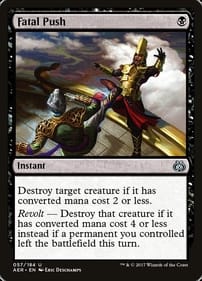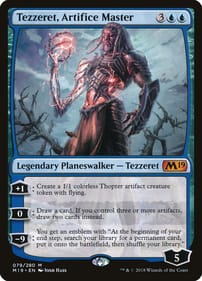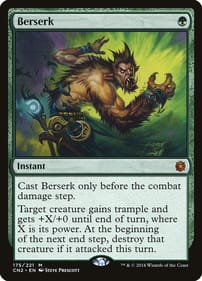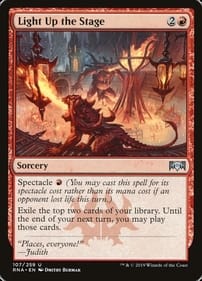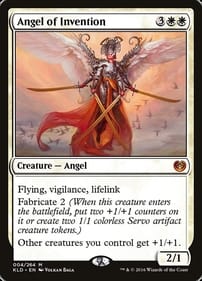The Complete Beginner's Guide to Building Your First Pokémon Deck
Welcome, future Pokémon Master! If you’re new to the Pokémon Trading Card Game (TCG) and want to build your first deck, you’ve come to the right place. Whether you’re battling friends or stepping into a tournament, this guide will walk you through every step to create a strong, beginner-friendly deck. By the end, you’ll be ready to battle with confidence—and if you need a shortcut, I’ve included a link to pre-made decks for sale at Event Horizon Hobbies! pokemon-box-set
Why Build Your Own Deck?
Building your own Pokémon deck isn’t just fun—it’s also the best way to improve as a trainer. A custom deck lets you:
-
Learn how to strategize and plan for battles.
-
Play with your favourite Pokémon and their powerful moves.
-
Discover what works (and what doesn’t) as you improve.
If you're looking to start out… These Battle Academies are a great way to learn!
Understanding Pokémon Types
Each Pokémon belongs to one of 11 types, which determine their strengths, weaknesses, and Energy requirements. Here’s a quick overview of each type:
-
Grass: Often focuses on healing and status effects like Poison.
-
Fire: Known for high damage but may require discarding Energy to attack.
-
Water: Versatile, with attacks that recover Energy or disrupt opponents.
-
Electric: Often involves quick attacks and abilities that damage Benched Pokémon.
-
Psychic: Specializes in effects like Confusion and attacks that exploit opponent weaknesses.
-
Fighting: Hard-hitting, with moves that can break through defenses.
-
Dark: Often uses sneaky tactics to disrupt the opponent’s strategy.
-
Steel: High durability, with abilities to block damage or heal.
-
Fairy (now combined into Psychic in modern sets): Focuses on healing and disruption.
-
Dragon: Requires multiple Energy types but often has powerful attacks.
-
Normal: Flexible, as they usually don’t require specific Energy types.
Each type has its strengths and weaknesses. For example, Water Pokémon are strong against Fire but weak to Electric. Understanding type matchups will help you craft a deck that counters your opponents.
Step 1: Choose Your Pokémon Type
The first step in building a deck is deciding your main Pokémon type. A mono-type deck (one type) is easiest for beginners, but you can experiment with multiple types as you gain experience (more on that later).
Example: If you choose Fire, your deck will focus on Fire-type Pokémon and Fire Energy cards.
Step 2: Add Energy Cards – The Fuel for Your Pokémon
Pokémon use Energy cards to perform attacks. These are the backbone of your deck, so you’ll need to include enough to keep your Pokémon powered up.
How Many Energy Cards Do You Need?
For a mono-type deck, start with 18 Energy cards. This ensures a consistent flow of Energy during battles. If you’re using two types, you’ll need to carefully balance the number of Energy cards for each type (see the section on two-coloured decks below).
Step 3: Add Trainer Cards – Your Strategy Support
Trainer cards help you draw more cards, switch Pokémon, or recover knocked-out Pokémon. These are essential for controlling the flow of the game.
How to Balance Trainer Cards
Include 20 Trainer cards:
-
11 Supporter Cards: Powerful cards that can only be used once per turn (e.g., Hop, Professor’s Research, Poké Kid).
-
9 Item Cards: Flexible tools you can play as needed (e.g., Great Ball, Switch, Ordinary Rod).
Trainer cards provide essential support to make sure your Pokémon are always ready for battle.
Step 4: Add Pokémon – Your Heroes in Battle
Now it’s time to add Pokémon! A good mix ensures you’re ready for any situation. Follow this structure:
Evolution Chains
Choose 2-3 evolution chains for your deck. These are groups of Pokémon that evolve into each other, like Charmander → Charmeleon → Charizard.
-
Stage 2 Evolution Chain:
-
3 Basic Pokémon (e.g., Charmander)
-
3 Stage 1 Pokémon (e.g., Charmeleon)
-
2 Stage 2 Pokémon (e.g., Charizard)
-
Stage 1 Evolution Chain:
-
3 Basic Pokémon (e.g., Vulpix)
-
2 Stage 1 Pokémon (e.g., Ninetales)
Basic Pokémon
Include 2-3 Basic Pokémon that don’t evolve. These Pokémon:
-
Have high HP and low Energy requirements.
-
Are perfect for early-game defense or quick damage.
Step 5: Building a Two-Coloured Deck
Once you’re comfortable with mono-type decks, you can try mixing two types to create a more versatile strategy. Here’s how:
Choose Complementary Types
Pick two types that work well together. For example:
-
Fire + Fighting: Fire provides high damage, and Fighting counters Electric decks.
-
Water + Electric: Water disrupts your opponent, while Electric offers quick strikes.
Balance Energy Cards
Divide your Energy cards between the two types. Start with 10 Energy cards for the main type and 8 for the secondary type. Adjust as needed based on your deck’s requirements.
Synergize Trainer Cards
Add Trainer cards that support both types. For example:
-
Use Great Ball or Poké Kid to search for any Pokémon, regardless of type.
great-ball-183-193-scarlet-violet-paldea-evolved
-
Include flexible cards like Professor’s Research for universal draw power.
professors-research-professor-turo-190-198-scarlet-violet-base-set
Two-coloured decks are more complex but allow for creative strategies to surprise your opponents!
Step 6: Pre-Made Decks for a Quick Start
If you’re not ready to build your own deck, pre-made decks are a great way to jump into the game. These decks are balanced and include everything you need to start playing immediately.
Visit Event Horizon Hobbies
We’ve got a fantastic selection of pre-made decks tailored for beginners:
Shop Pre-Made Pokémon Decks Now at Event Horizon Hobbies!
Look For your Favourite Pokemon on Eventhorizonhobbies.com or buy a premade competitive deck! We recommend Charizard EX as its an insanely Strong deck out of the Box!
pokemon-league-battle-deck-charizard-ex
Pokémon TCG Formats: What You Need to Know
Before diving into competitive play, it’s important to understand the different formats in the Pokémon TCG. Formats determine which cards you can use in your deck.
Standard Format
-
What It Is: The most common format for tournaments.
-
Allowed Cards: Only cards from the most recent sets (usually the past 2-3 years).
-
Why It’s Great: Keeps gameplay fresh and balanced.
Expanded Format
-
What It Is: A larger format that includes older sets.
-
Allowed Cards: Cards from the Black & White series onward.
-
Why It’s Great: Offers more variety and creativity for deck building.
Unlimited Format
-
What It Is: The least restrictive format.
-
Allowed Cards: Any card ever printed.
-
Why It’s Rare: Often unbalanced, as older, more powerful cards dominate.
Tip for Beginners: Start with the Standard Format. It’s easier to learn and ensures your deck will be tournament-legal.
COME LEARN AT EHH, We have weekly Learn to Play days Every Saturday
pokemon-tcg-youth-league-ticket-30
Final Checklist: Your First Pokémon Deck
Here’s what your 60-card deck should look like: (This is just a baseline and not 100% what every deck needs to look like!)
-
18 Energy Cards: Power up your Pokémon.
-
20 Trainer Cards: Control the game and keep your strategy strong.
-
22 Pokémon Cards: Include evolution chains and strong basics.
Ready to Start Your Journey?
Congratulations on taking the first steps to becoming a Pokémon TCG master! Building your first deck is an exciting challenge, and with practice, you’ll refine your skills and develop a unique playstyle. If you want to save time or grab extra cards to enhance your deck, visit us at Event Horizon Hobbies for Singles, Accessories, Pre-made decks and all your Pokémon TCG needs.
We also host local Pokémon events where you can test your deck, meet fellow trainers, and level up your gameplay. Check our website or visit the store to learn more.
Good luck, Trainer! Let us know how your deck-building journey goes in the comments below or at your next visit to Event Horizon Hobbies. See you in battle! ✨
Check out our Guide to Detecting Pokemon Fakes to Protect your future Investment!


